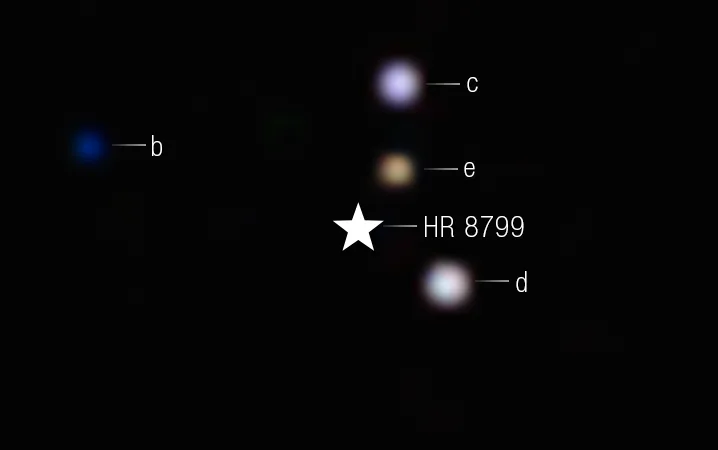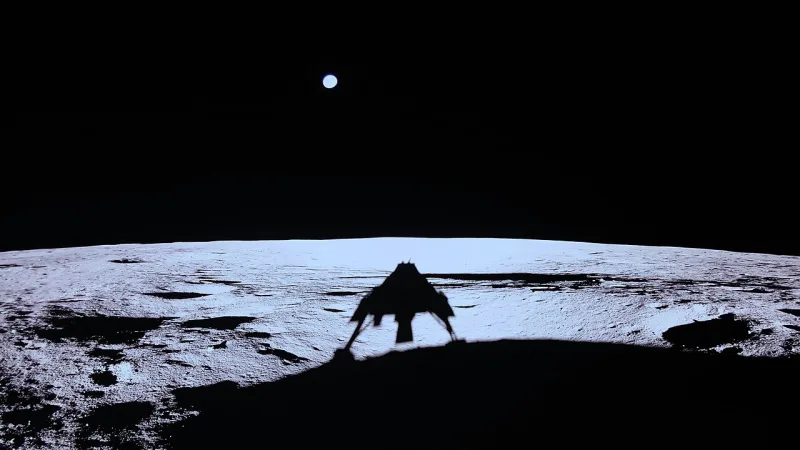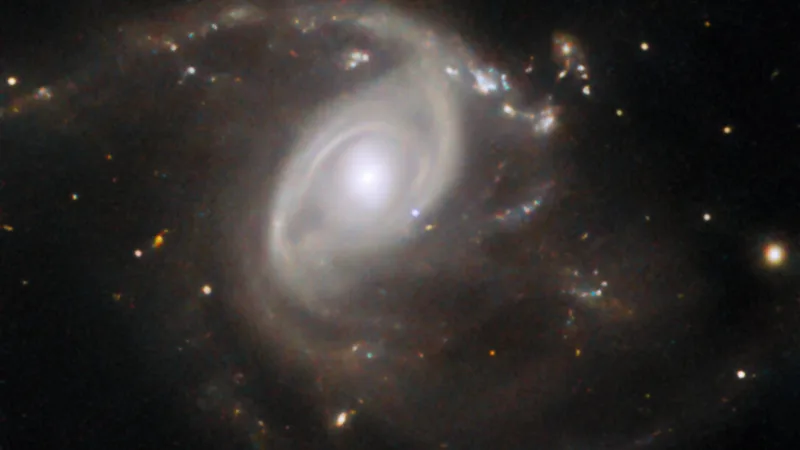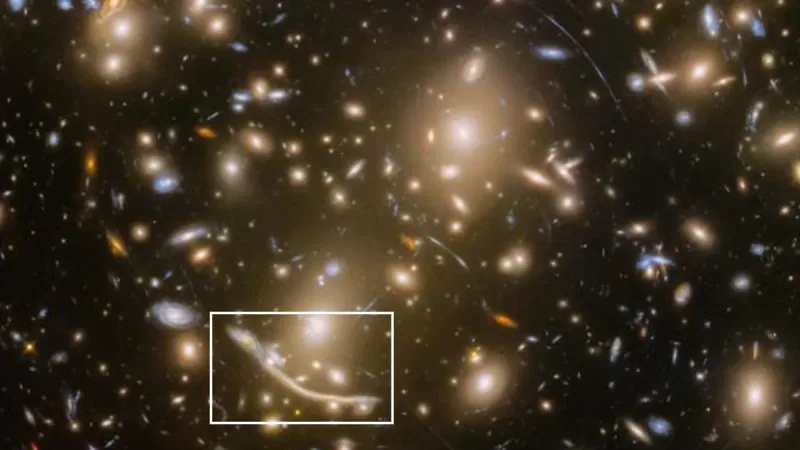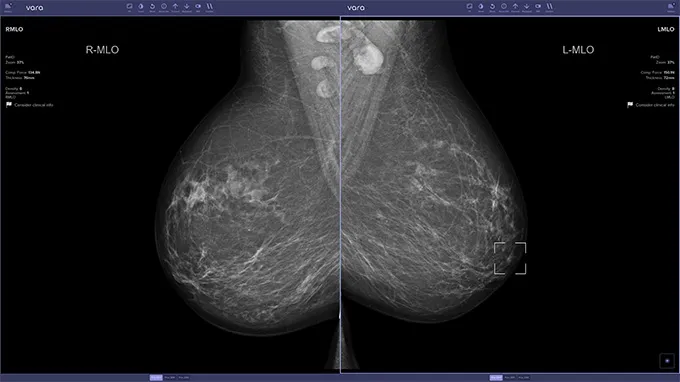The James Webb Space Telescope: Achievements and Challenges
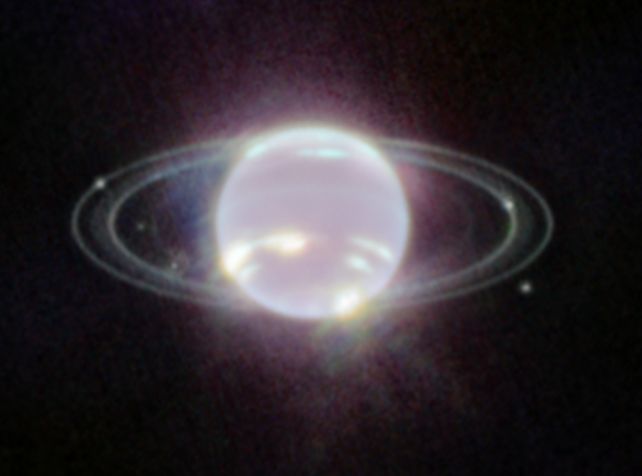
The James Webb Space Telescope (JWST) has been a beacon of astronomical discovery since its launch. As of September 2024, this marvel of engineering has expanded our understanding of the universe in ways previously unimaginable. Let’s delve into the state of the JWST, exploring its remarkable achievements and the challenges it has faced along the way.
A New Vision of the Cosmos
Launched on December 25, 2021, the JWST has embarked on a mission to peer deeper into the cosmos than ever before. Positioned at the second Lagrange point (L2), about 1.5 million kilometers from Earth, the telescope enjoys a stable environment ideal for infrared observations.
Groundbreaking Achievements
1. Peering into the Early Universe
One of the JWST’s primary objectives is to observe the first galaxies that formed after the Big Bang. The telescope’s powerful instruments have captured stunning images of ancient galaxies, providing insights into the universe’s infancy.
Related Link: NASA’s James Webb Space Telescope
2. Exoplanet Exploration
The JWST has revolutionized the study of exoplanets. By analyzing the atmospheres of distant worlds, it has detected water vapor, methane, and other organic molecules, bringing us closer to answering the age-old question: Are we alone in the universe?
3. Star and Planet Formation
Observations of stellar nurseries have unveiled the processes behind star and planet formation. The telescope’s ability to see through cosmic dust has revealed the intricate dance of matter coalescing into new celestial bodies.
Challenges Faced
1. Micrometeoroid Impacts
In its journey, the JWST has encountered micrometeoroid impacts that have posed risks to its delicate instruments. Engineers have implemented protective measures and adjustments to mitigate damage, ensuring the telescope’s longevity.
2. Instrument Calibration
Some of the JWST’s instruments required extended calibration periods due to unexpected environmental factors at L2. These challenges were overcome through remote troubleshooting and software updates, minimizing disruptions to the mission.
3. Data Transmission Hurdles
Transmitting the vast amounts of data collected has occasionally strained communication channels. Upgrades to ground-based infrastructure have been essential in handling the telescope’s high data output.
Related Link: ESA’s Webb Telescope Updates
The Road Ahead
As we stand in September 2024, the JWST continues to push the boundaries of space exploration. Upcoming projects aim to study black holes, dark matter, and further investigate exoplanets that may harbor life.
The James Webb Space Telescope represents a monumental leap forward in our quest to understand the universe. Its achievements to date have not only answered long-standing questions but also opened new avenues of inquiry. Despite the challenges faced, the JWST stands as a testament to human ingenuity and our unyielding desire to explore the cosmos.

